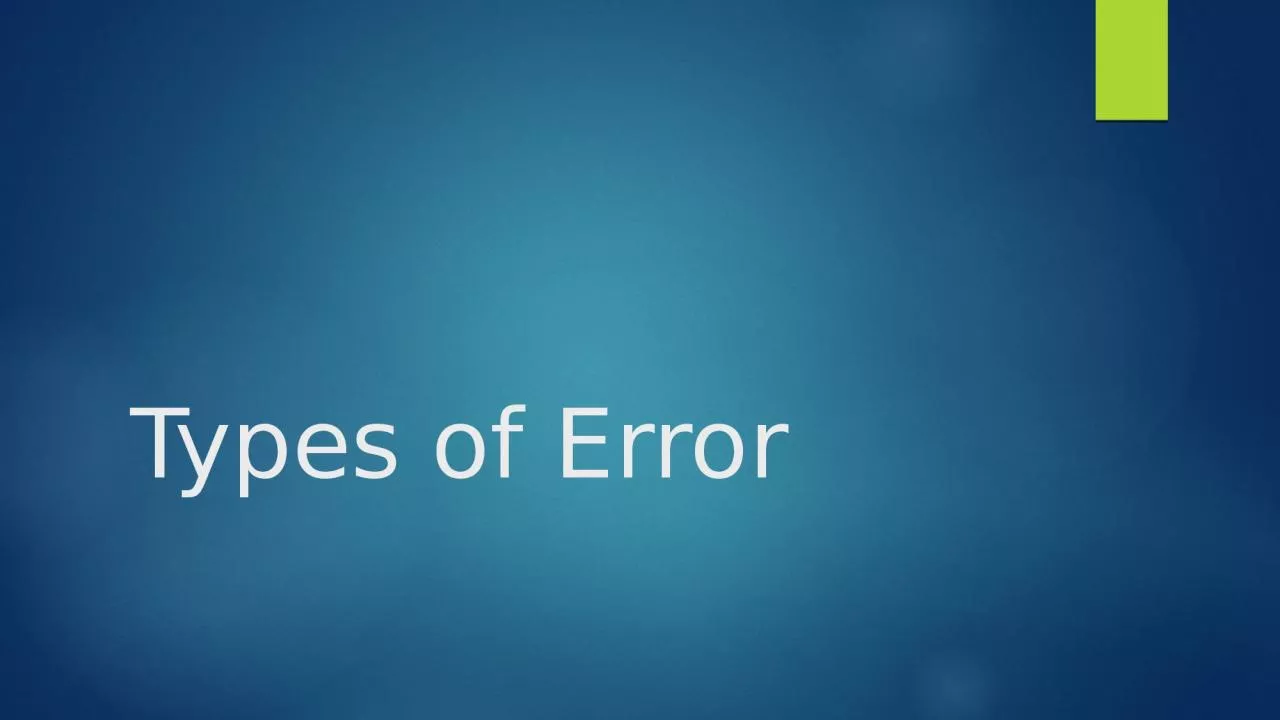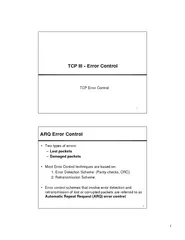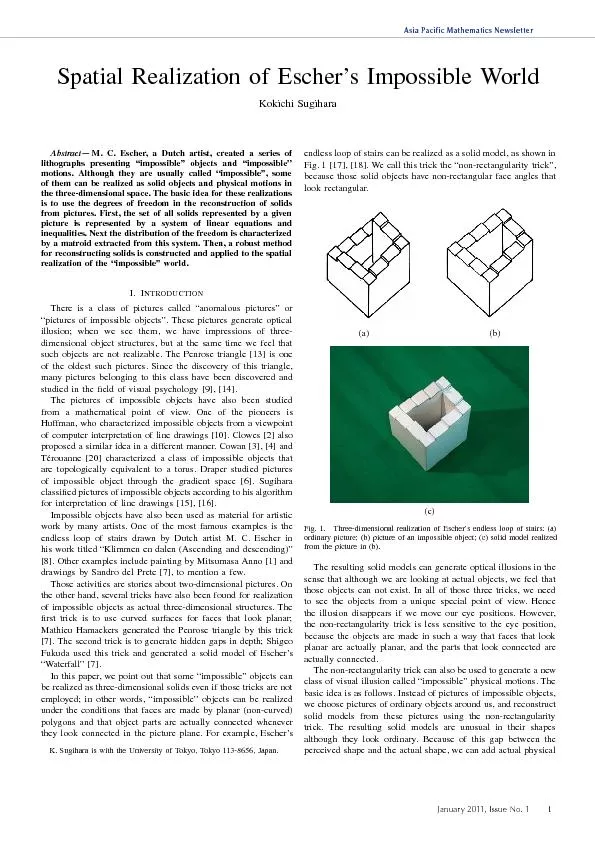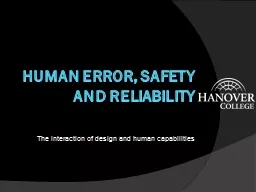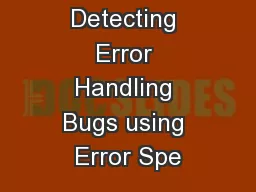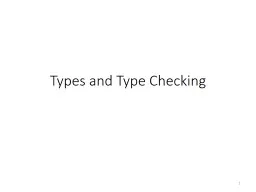PPT-Types of Error It is impossible
Author : linda | Published Date : 2023-10-27
to make an exact measurement Therefore all experimental results are wrong Just how wrong they are depends on the kinds of errors that were made in the
Presentation Embed Code
Download Presentation
Download Presentation The PPT/PDF document "Types of Error It is impossible" is the property of its rightful owner. Permission is granted to download and print the materials on this website for personal, non-commercial use only, and to display it on your personal computer provided you do not modify the materials and that you retain all copyright notices contained in the materials. By downloading content from our website, you accept the terms of this agreement.
Types of Error It is impossible: Transcript
Download Rules Of Document
"Types of Error It is impossible"The content belongs to its owner. You may download and print it for personal use, without modification, and keep all copyright notices. By downloading, you agree to these terms.
Related Documents

